We’ve all been guilty of it—tossing everything into the fridge the second we unpack the groceries. It feels like the ultimate safeguard, a cold sanctuary to preserve freshness and ward off spoilage. But what if we told you that some of your favorite foods hate the cold? In fact, refrigerating them doesn’t just reduce their shelf life—it can completely wreck their texture, taste, and nutritional value.
From tomatoes that lose their juicy flavor to potatoes that mysteriously turn sweet and gritty, some ingredients are simply not meant for life in the chill zone. While refrigeration works wonders for dairy, meats, and leafy greens, it can backfire spectacularly with many pantry staples, fruits, and herbs.
The good news? Knowing which items to keep at room temperature not only saves fridge space but also helps your food taste better, last longer, and even save you money. Whether you’re meal prepping, baking, or just snacking, proper food storage makes a world of difference.
In this guide, we’re spotlighting 21 foods that are better off outside the fridge—some you already suspected, others that might totally surprise you. Learn why cold temps cause these ingredients to go downhill, and discover how to store them the right way to get the most flavor, texture, and nutrition.
If you’ve ever wondered why your tomatoes taste bland or your chocolate looks dusty, you’re about to find out why—and how to fix it. Your kitchen habits are about to get a serious upgrade.
1. Tomatoes
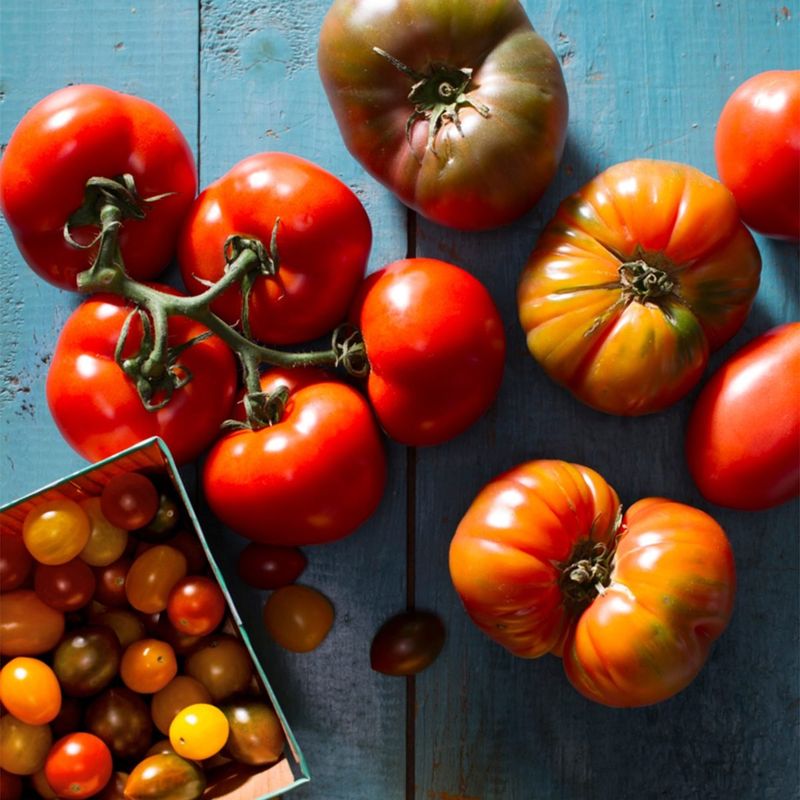
Many enjoy tomatoes for their juicy, sun-ripened flavor. Yet, the fridge saps their taste and alters texture unfavorably.
Instead, they should rest on a kitchen counter, where their flavor can flourish. Cool temperatures cause the cell walls to break down, leading to a mealy consistency.
Unripe tomatoes, however, can benefit from the cold to slow down ripening. Once ripe, keep them out of the fridge for maximum flavor enjoyment.
2. Potatoes
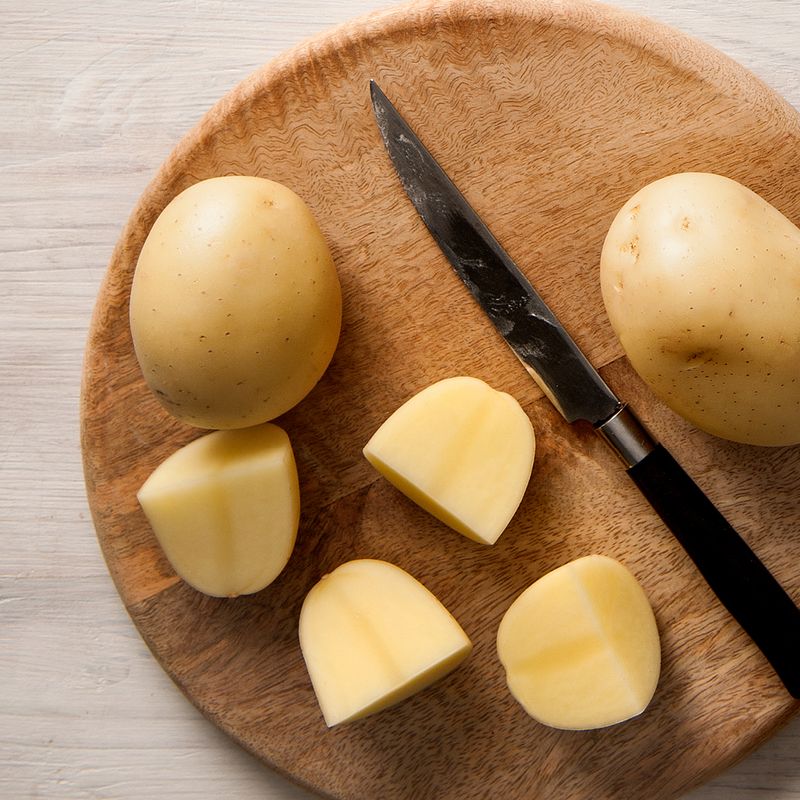
Storing potatoes in the fridge can lead to unpleasantly sweet flavors. The cold temperature transforms starches into sugars, altering their taste.
They prefer a dark, cool environment like a pantry or cellar, away from light to prevent greening.
In such conditions, they maintain their firm texture and earthy flavor, ideal for various culinary uses. Avoid washing potatoes before storage to prolong their shelf life.
3. Onions
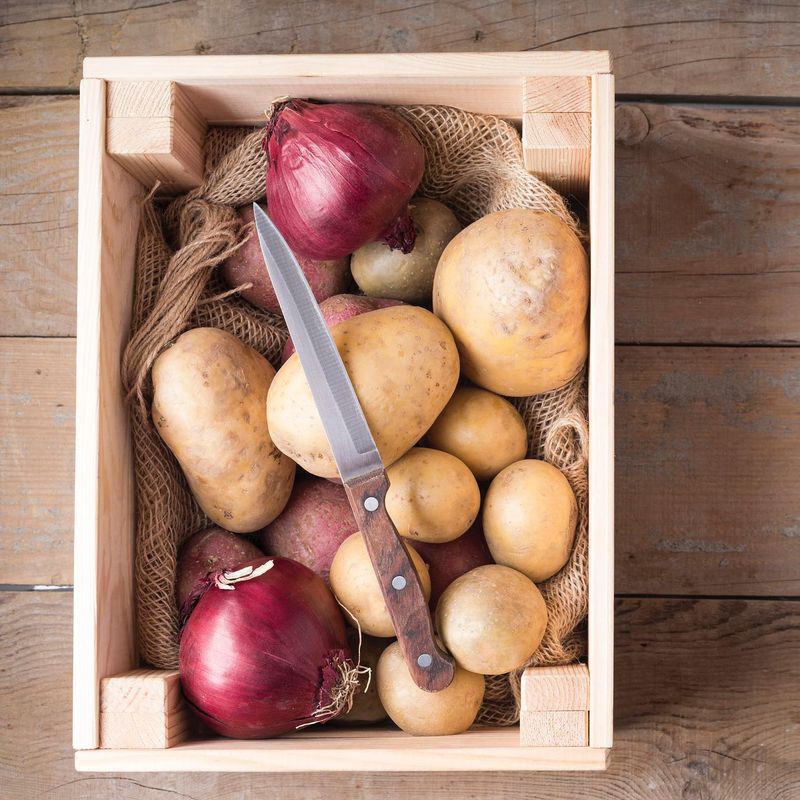
Onions thrive outside the fridge, where they can stay dry and well-ventilated. The fridge’s moisture accelerates mold growth and softening.
A mesh bag or basket allows air circulation, keeping them firm and flavorful.
Keep onions away from potatoes, as the gases emitted can speed spoilage. Green onions, however, prefer the fridge for freshness.
4. Garlic
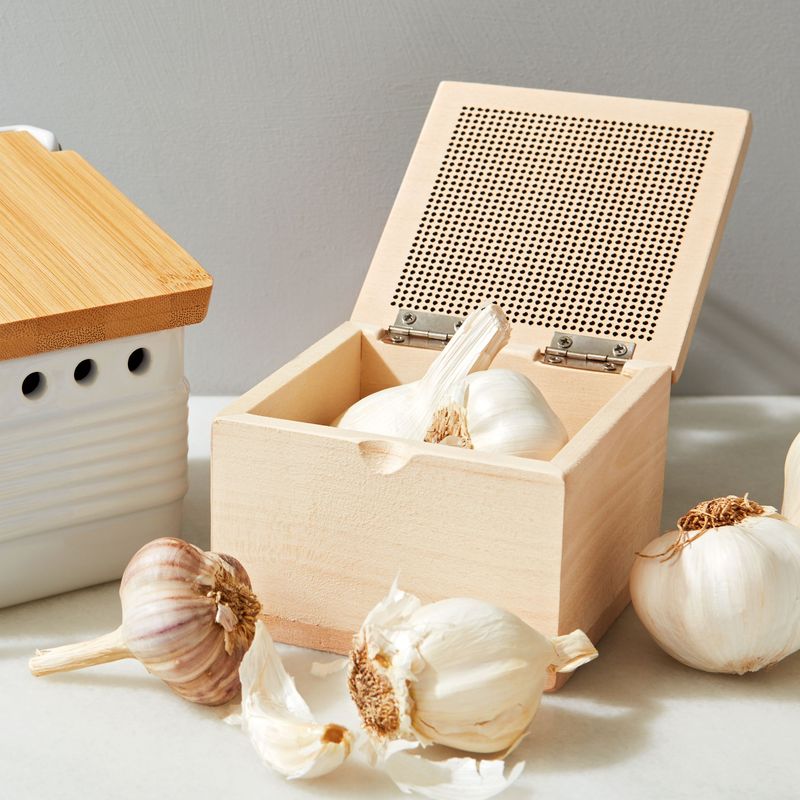
Garlic loses its pungency and turns rubbery when stored in the fridge. It prefers a dry, cool place, like a pantry.
A whole bulb can last for weeks outside refrigeration, preserving its rich flavor.
Peeling and chopping accelerate spoilage, so it’s best to prepare garlic just before use. For long-term storage, consider freezing or pickling garlic.
5. Bread
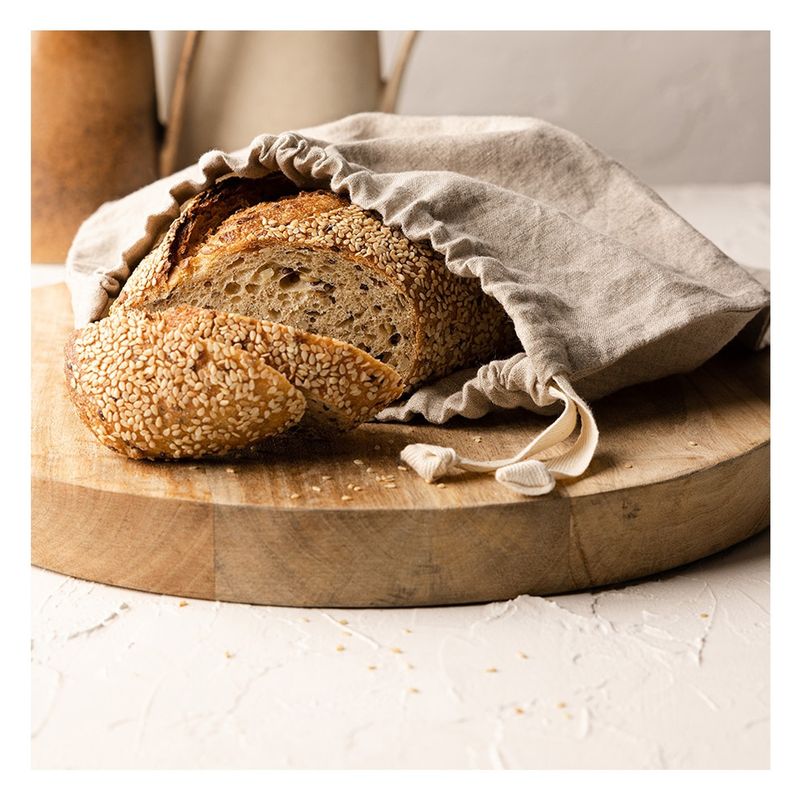
The fridge is bread’s enemy, sapping moisture and making it stale faster than at room temperature.
A bread box or a cloth bag keeps it fresh by retaining just enough moisture without promoting mold.
For longer storage, freeze bread instead, which preserves its texture. Slicing before freezing allows convenient, one-at-a-time thawing.
6. Avocado
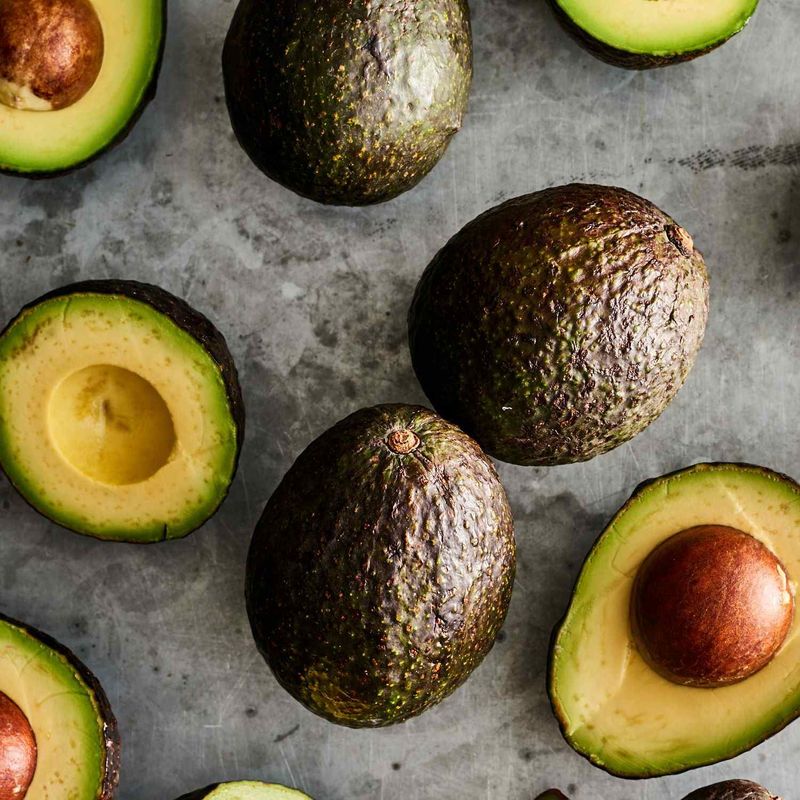
Refrigerating avocados stalls their ripening process, resulting in an unripe, hard texture.
Allow them to ripen at room temperature until they yield gently to pressure.
Once ripe, they can be refrigerated to maintain ripeness for a few days. For immediate use, store cut avocados with a bit of lemon juice to prevent browning.
7. Bananas
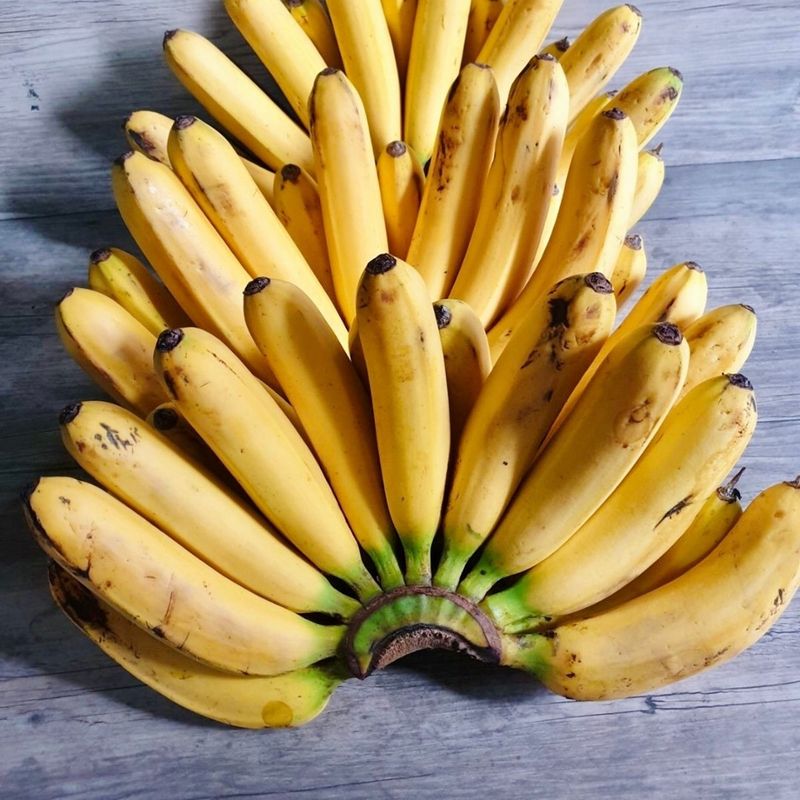
Bananas left in the fridge develop brown spots and lose their appealing texture. They ripen best at room temperature, where their natural sugars can develop.
8. Melons
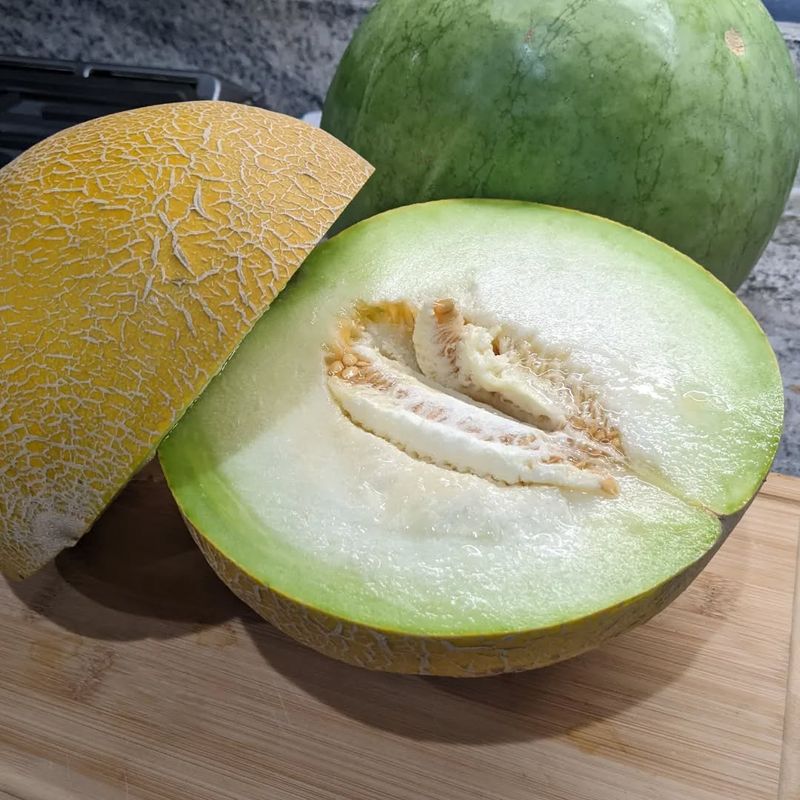
Whole melons prefer the warmth of the countertop to develop full sweetness.
Refrigeration slows this process, affecting flavor. Once cut, melons can be refrigerated to maintain freshness for a few days.
Room temperature storage allows them to continue ripening, enhancing juiciness and aroma.
9. Honey

Honey’s natural preservative qualities make refrigeration unnecessary. Cold temperatures cause crystallization, making honey thick and gritty.
Stored at room temperature, it remains smooth and easy to pour.
If crystallization occurs, warming gently restores its liquid state without affecting taste. Honey’s longevity is legendary, often lasting indefinitely.
10. Coffee
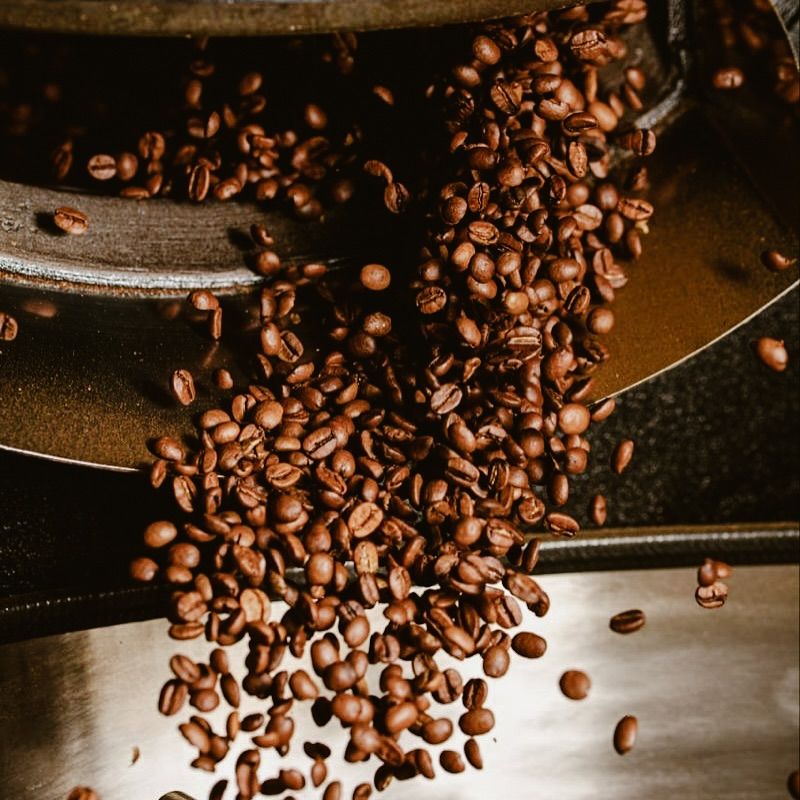
Coffee loses its rich aroma and flavor in the fridge, where it can absorb odors.
Store whole beans or grounds in an airtight container in a cool, dark place to preserve freshness.
Refrigeration can lead to moisture exposure, affecting taste and texture. Grinding just before brewing ensures maximum flavor extraction.
11. Chocolate
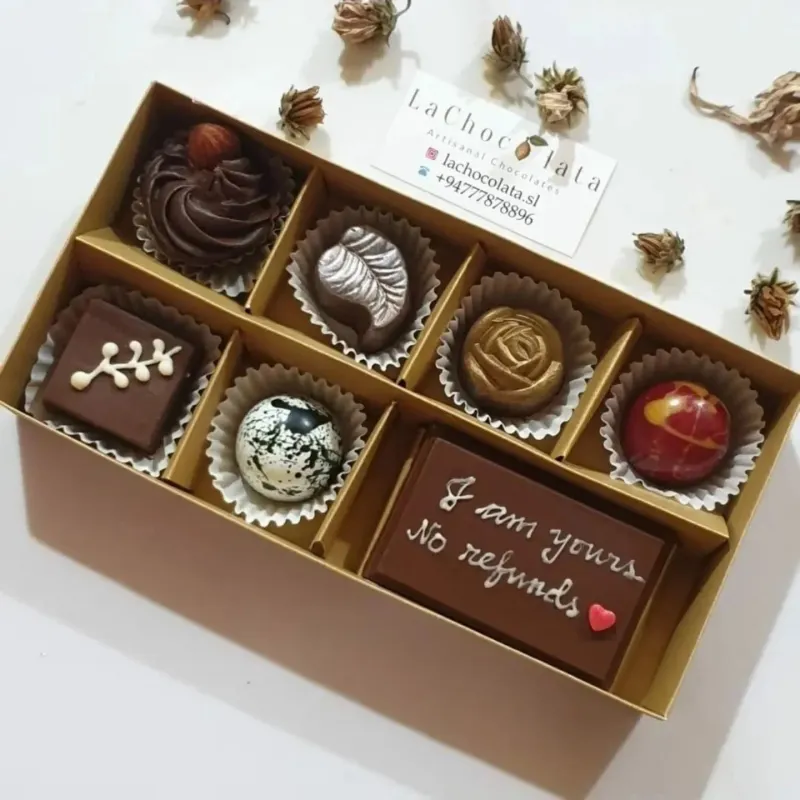
Chocolate’s complex flavors diminish in the fridge and can develop a dull, whitish coating known as bloom.
Stored at room temperature, it retains its snap and glossy appearance.
A cool, dry cupboard is ideal for preserving its rich taste. Avoid temperature changes to prevent condensation.
12. Basil
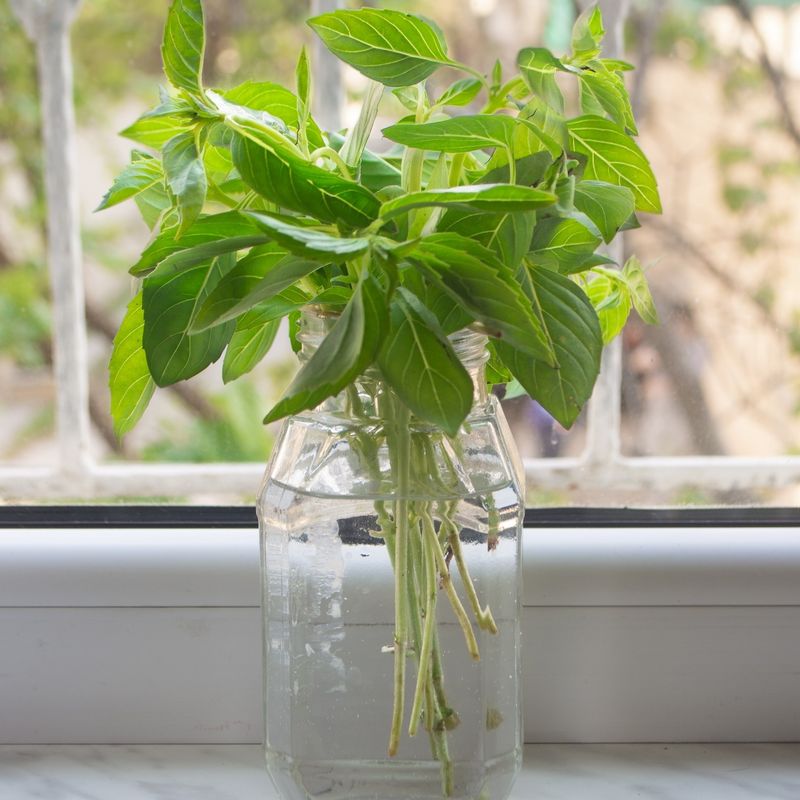
Basil wilts quickly in the fridge, losing its fragrant aroma.
It thrives when treated like fresh flowers: stems trimmed and placed in water.
Keep away from direct sunlight for prolonged freshness. Alternatively, freeze chopped basil with olive oil in ice cube trays for convenient use.
13. Eggplants
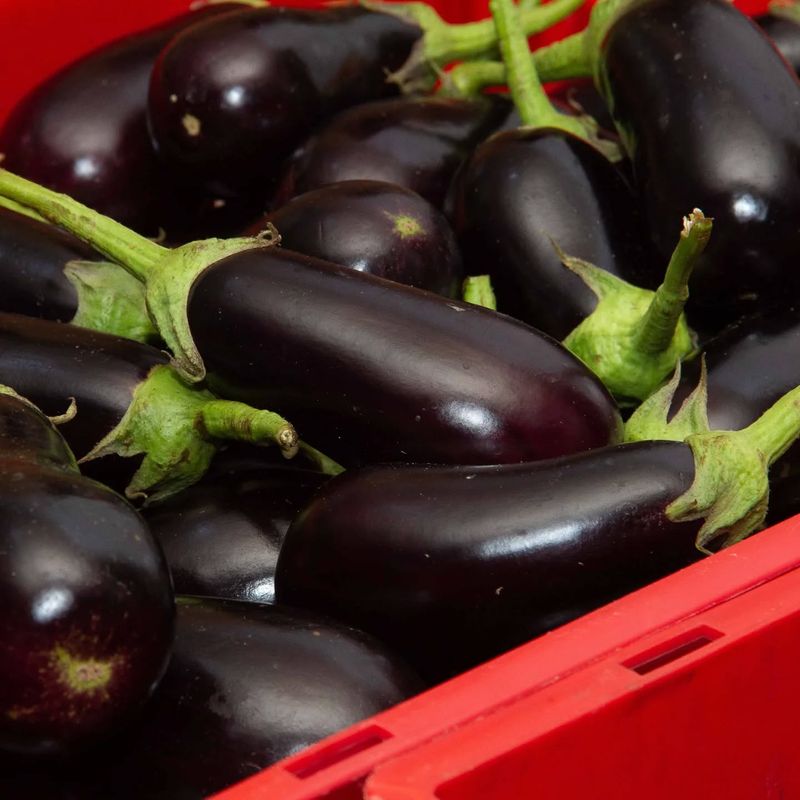
Eggplants become spongy and bitter in the fridge. They prefer a cool, dry place away from direct sunlight.
Stored properly, they maintain their firm texture and mild taste, ideal for grilling or roasting.
Handle gently to avoid bruising, which accelerates spoilage.
14. Peaches
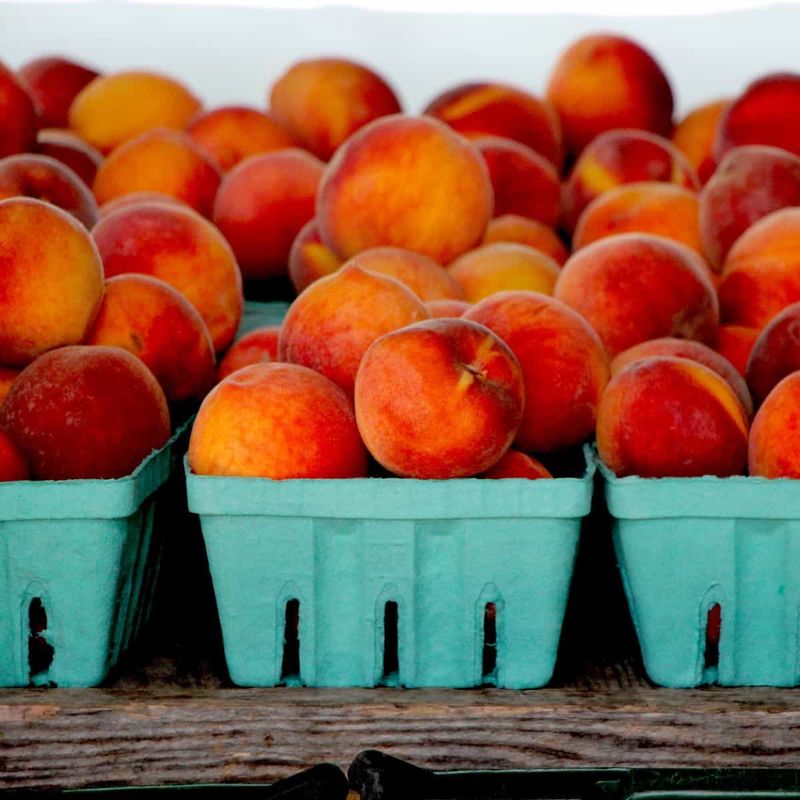
Refrigeration halts the ripening of peaches, leaving them firm and flavorless. They ripen best at room temperature, where their juicy sweetness can develop.
15. Cucumbers
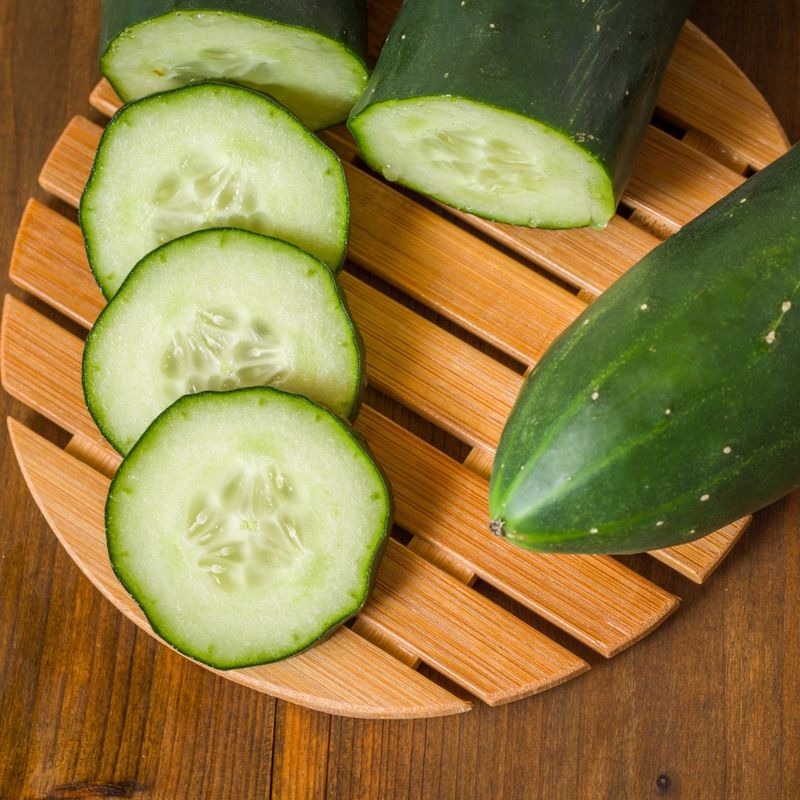
Cucumbers lose their crunch in the fridge, where the cold temperature can cause them to become mushy.
They thrive in a cool, dry place, keeping their refreshing texture and taste. For longer storage, keep cucumbers away from ethylene-producing fruits like tomatoes.
16. Peppers
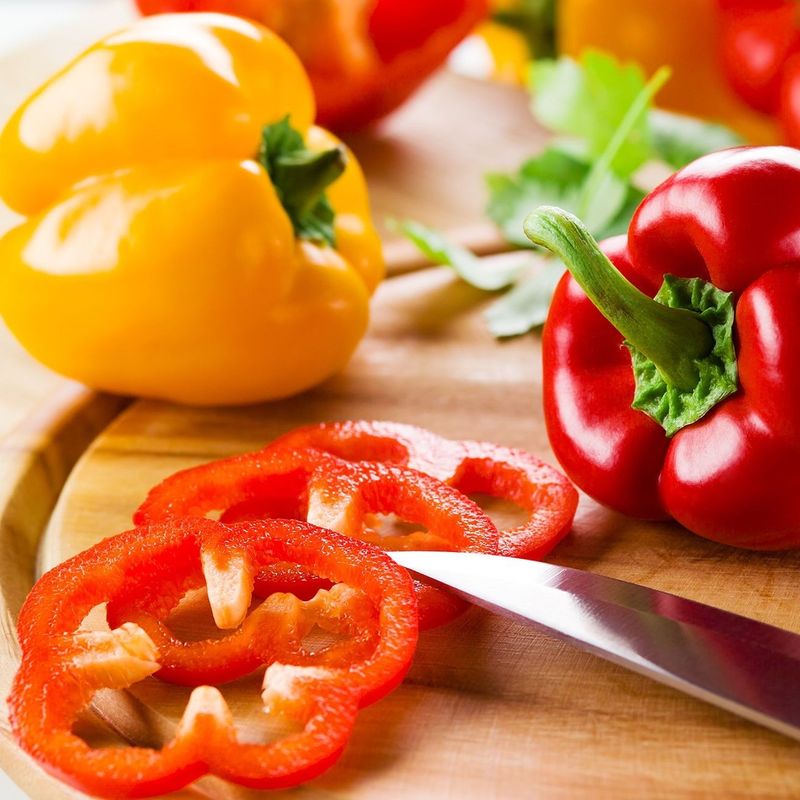
Bell peppers’ crispness fades in the fridge, where moisture can cause softening.
They store best in a dry, well-ventilated space, preserving their vibrant color and flavor. Once cut, refrigerate to maintain freshness, but whole peppers thrive outside the cold.
17. Oils
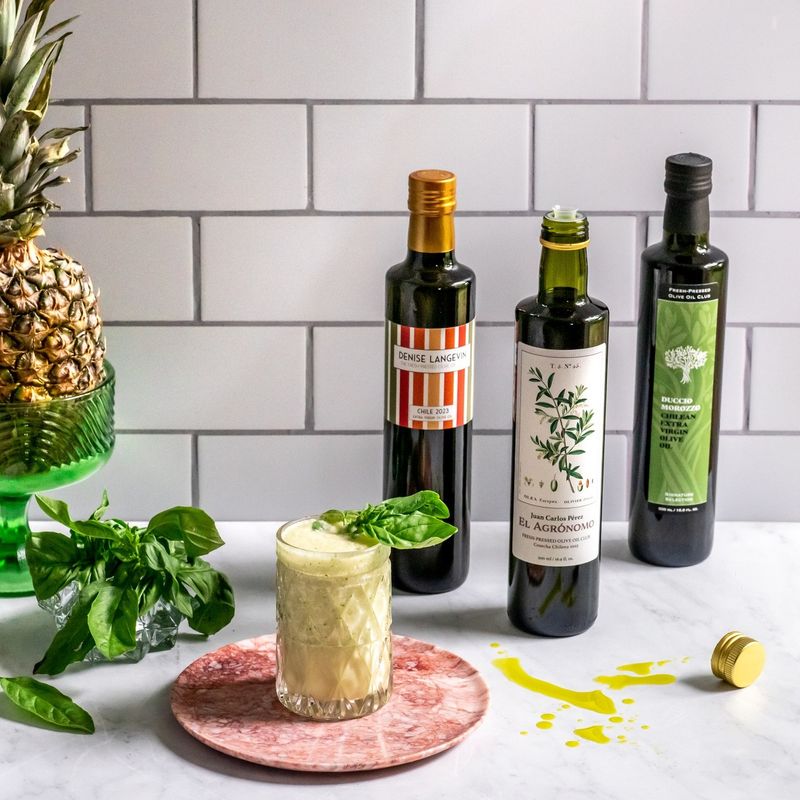
Refrigerating oils like olive and vegetable can cause cloudiness and solidification.
Store them in a cool, dark place to preserve clarity and flavor. The natural warmth of a kitchen cabinet is often ideal. Ensure lids are tightly sealed to prevent oxidation.
18. Ketchup
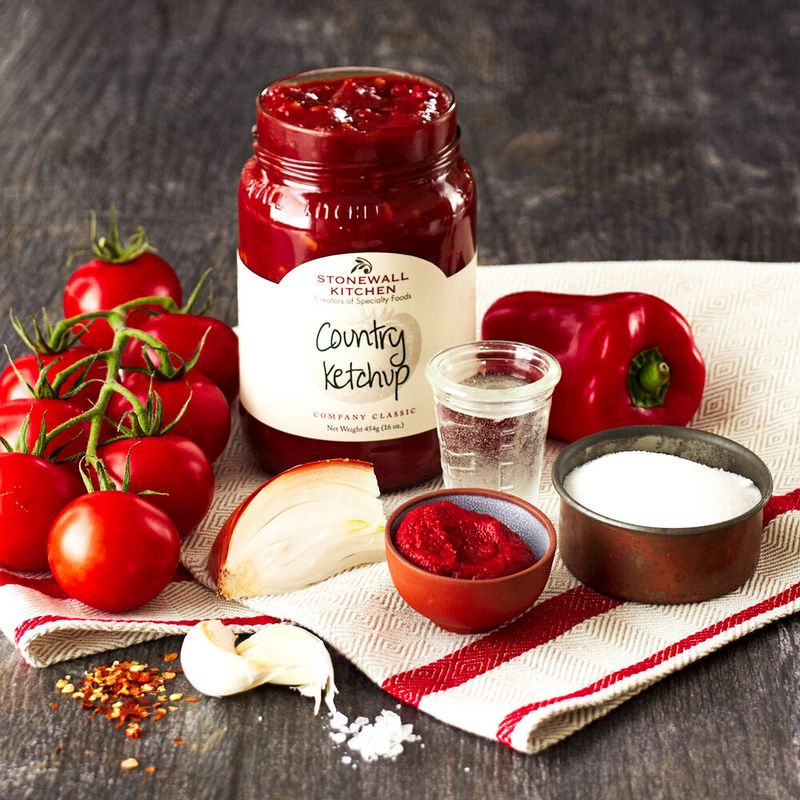
Ketchup’s vinegary base acts as a natural preservative, eliminating the need for refrigeration.
Kept at room temperature, its tangy sweetness remains intact for months. Refrigerating can dull flavors slightly, though it’s safe to do so if desired.
19. Pumpkins

Whole pumpkins thrive in a cool, dry setting like a cellar or garage, where they retain their firm texture. The fridge’s humidity can lead to early spoilage, making room temperature storage preferable.
20. Nuts
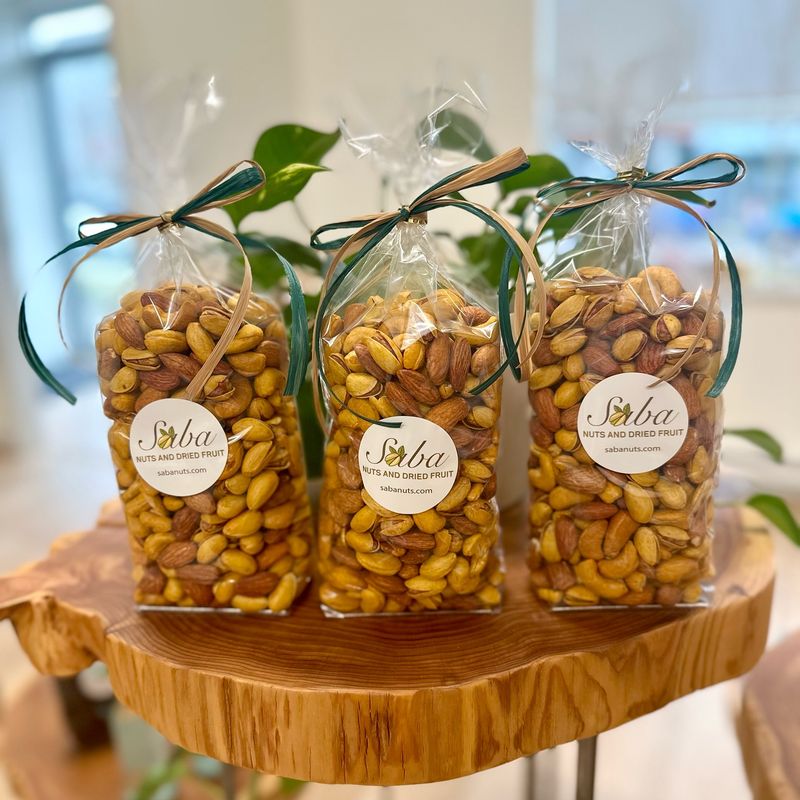
Nuts maintain their crisp texture and rich oils when stored at room temperature. In the fridge, moisture can cause them to become soft and lose flavor.
An airtight container in a cool, dark place keeps them fresh for snacking or cooking.
21. Apples
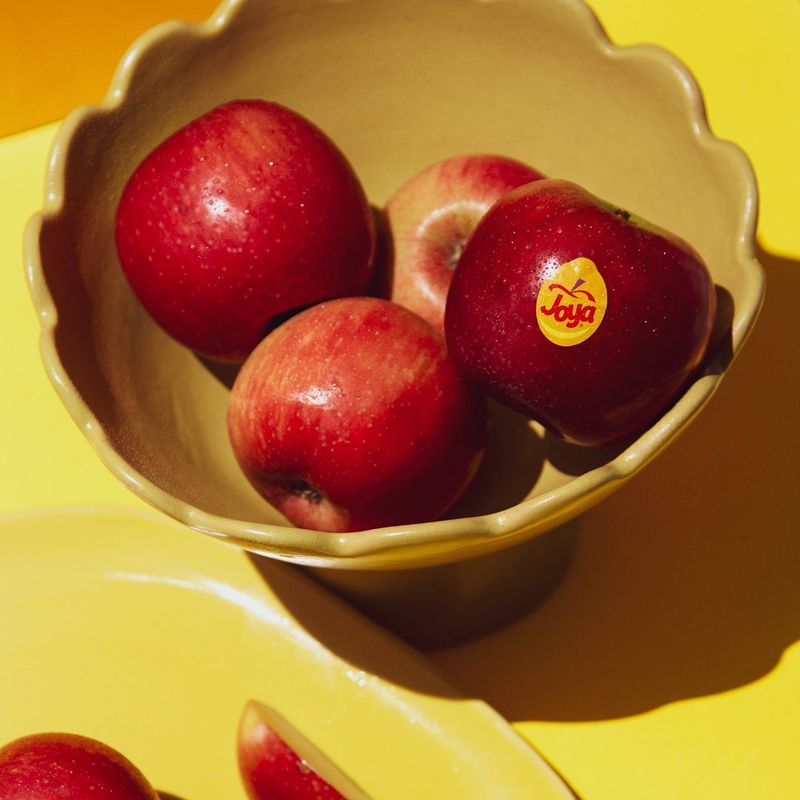
Apples’ natural sugars and acids develop best at room temperature. The fridge can cause them to lose flavor and become mealy over time.
Stored in a fruit bowl, they retain their juicy, crisp texture, perfect for snacking or baking.
Leave a comment